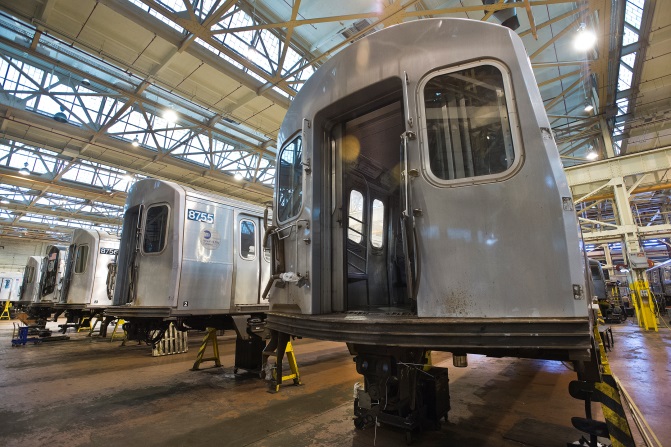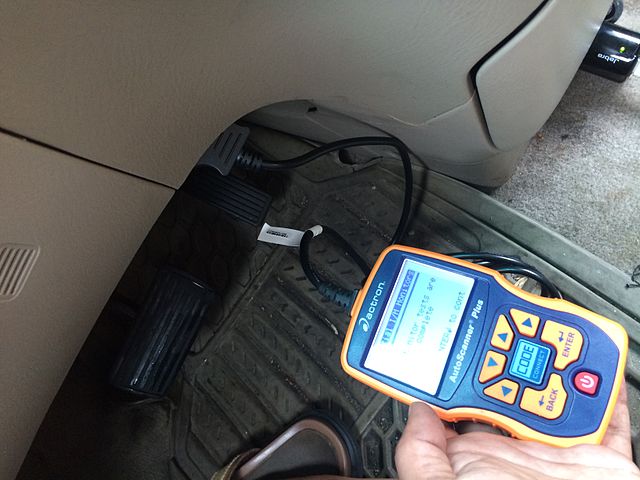Every year, it’s a privilege at DOT to award TIGER grants – funds that help revitalize communities in innovative and interconnected ways. Last week, you saw Secretary Foxx’s announcement of the 2016 TIGER winners: 40 communities that will receive a share of close to $500 million in TIGER grants nationwide.
Each of those communities has a story to tell. Today, I’m in Carlisle, Pennsylvania to highlight one of those stories – the story of how a community came together to better itself, and how a $5 million TIGER grant will amplify their efforts.
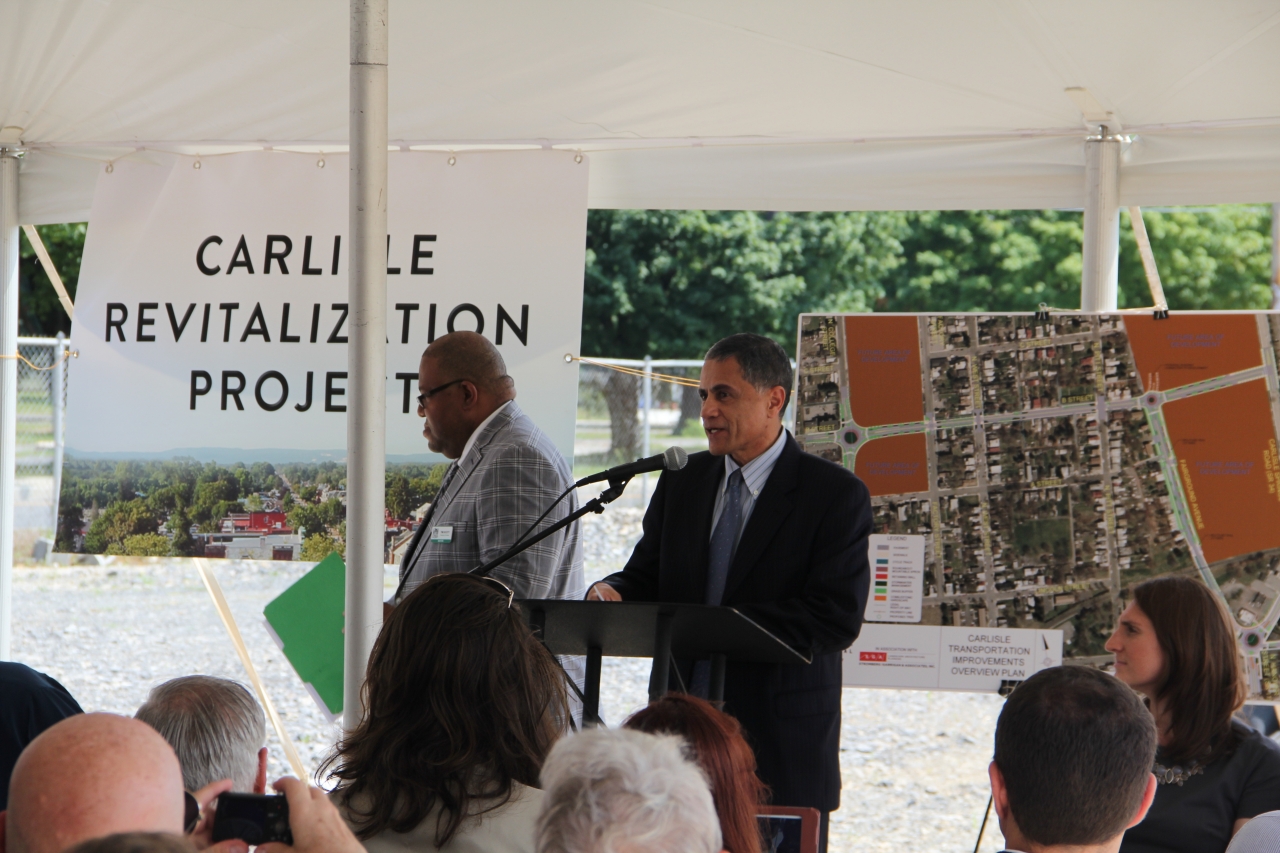
Last week, I was thrilled to attend the world’s largest aviation event – the Experimental Aircraft Association’s (EAA) AirVenture, held annually in Oshkosh, Wisconsin.
This year’s AirVenture hosted over half a million aviation enthusiasts and professionals from around the world, and over 10,000 aircraft, from old warbirds to brand new light sport aircraft.
With over 1,000 forums and workshops covering a variety of educational and safety-related topics and 800 exhibitors, AirVenture provides a unique opportunity for attendees to explore the depth and breadth of innovation that exists within the general aviation (GA) industry.

As part of the Federal Transit Administration’s (FTA) efforts to provide people with better transportation options to visit the doctor and access other non-emergency health services, I hosted a meeting late last month of the Coordinating Council on Access and Mobility (CCAM).
After sharing ideas with a diverse group of colleagues from across the federal government, I am confident that we have set a path to improve the availability, quality, and delivery of transportation services relating to healthcare.
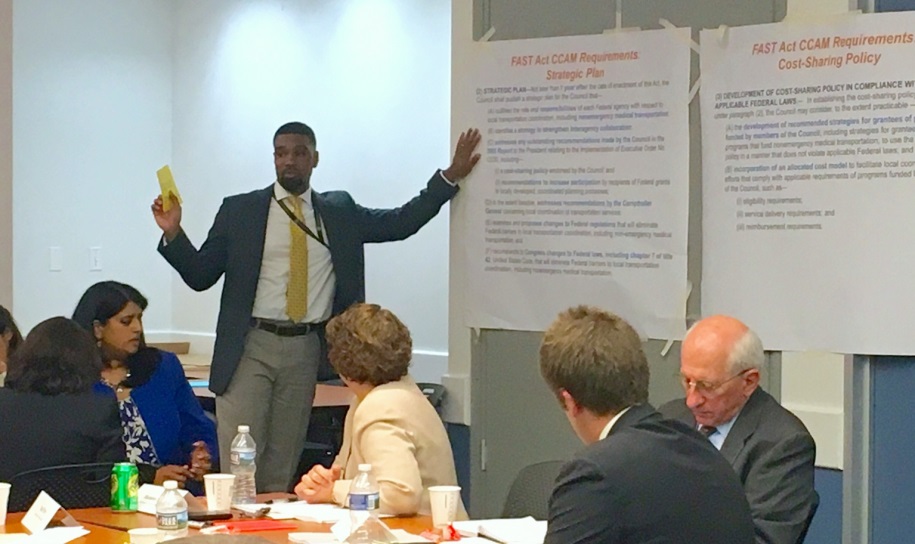
It's no secret the U.S. is facing a serious infrastructure deficit. No matter who you ask - from civil engineering experts to mayors to parents stuck in rush hour traffic - it's clear that our transportation needs far exceed the federal funds available to invest in improvements to our roads, bridges, rails, and transit systems, and new projects.
This week, I am in Australia to meet with transportation and infrastructure leaders in both government and the private sector to learn lessons from the Australian experience funding infrastructure using public-private partnerships.

For many of us, transportation and our individual mobility are fairly seamless parts of our daily routine. We don’t even think about it, unless there’s a hiccup—the car doesn’t start, the bus is late, construction makes us take a detour.
But imagine if the hiccups were our daily routine – if we had to face obstacles every day to get from point A to point B. Can I drive this car? How will I get to the bus stop? Can I ride on this bus? Is it safe to cross the street? How will I get inside the building once I arrive?
At DOT, the Accessible Transportation Technologies Research Initiative (ATTRI) leads the Department’s efforts to seek technology-based solutions to these problems.

Buying a new vehicle can be a difficult, time-consuming process. It’s often hard to find trusted information about what you want to buy, and how the different options compare to each other. That’s true whether you’re a private citizen browsing for new cars in Consumer Reports or a transit agency looking for the best bus to add to your fleet.
With the Federal Transit Administration’s new Bus Testing Final Rule, we’re aiming to make that process easier for the many local transit agencies that rely on our grants to purchase buses – while helping ensure that taxpayers get the best return on their investment and that bus operators and passengers enjoy a safe, reliable ride.
For the past 8 years, the TIGER program has been a showcase of American ingenuity, and this year is no exception.
Today, I’m proud to announce the award of nearly $500 million toward innovative infrastructure projects nationwide – funding projects in 40 communities across the country, including 32 states and 2 U.S. territories.
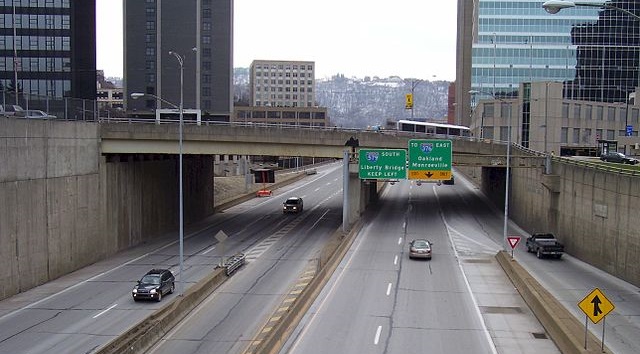
By now, it’s a familiar story – residents of thriving urban neighborhoods displaced and disconnected by the construction of a major interstate highway.
In Minnesota’s Twin Cities, that highway is Interstate 94. Built in the 1960s, I-94 divided several established and diverse communities in both cities, including Prospect Park in Minneapolis and the Rondo neighborhood of St. Paul, which in the 1950s accounted for 85 percent of that city’s African-American population.
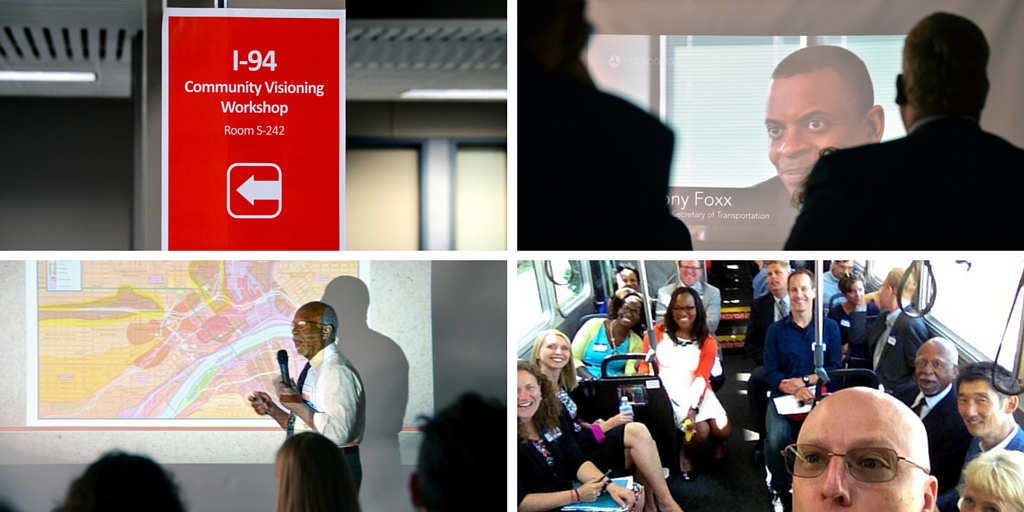
I’m pleased to let the entire transportation and research community know that Anne Aylward has been named the new director of Volpe, The National Transportation Systems Center.
Anne is a nationally recognized expert in intermodal transportation with decades of experience in planning, policy, and research management. She has served at Volpe for over 20 years, where she has made substantial contributions to DOT priorities in leading Volpe’s research and technology staff – 490 analysts, economists, engineers, planners, scientists, and system developers.

This week, the Federal Transit Administration (FTA) issued a final rule that requires FTA grantees to develop management systems for their capital assets such as vehicles, facilities and equipment. Transit asset management (TAM) is an essential practice for providing safer, more reliable transit service nationwide.
The rule was designed to ensure that transit infrastructure remains in a state of good repair, which is so important to the success of transportation systems everywhere. TAM’s strategic approach will help transit operators maintain and improve assets based on careful planning and improved decision-making.
